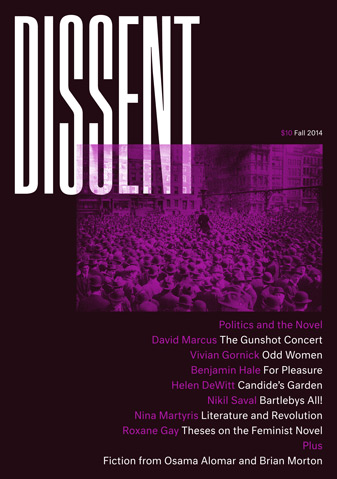How Racists and Partisans Exploit the Age of ObamaPosted in Articles, Barack Obama, Media Archive, Politics/Public Policy, United States on 2014-12-12 16:04Z by Steven |
How Racists and Partisans Exploit the Age of Obama
The Atlantic
2014-12-11
Since 2008, the Democratic Party has increasingly become the home of minorities, while the Republican Party draws its support from whites.
One of my fondest memories was spending four days in February 1977 as a staffer sitting on the Senate floor, mostly wedged between Gaylord Nelson and Russell Long as the Senate debated a resolution to reform its committee system. They were good friends, lovely people, and great storytellers, and I mostly sat there taking their conversation in, occasionally earning my pay by letting them know what a particular provision of the resolution did or what an amendment would do.
At my request, Long opened up his Senate desk so I could see the signatures of all the senators who had used the same desk over many previous decades. The signature of Theodore Bilbo just jumped out at me. Bilbo was a legend—and not in a good way. In his two Senate terms representing Mississippi, from 1935 to 1947, he stood out as a mean and vicious racist, not shy about spouting ugly bile on the floor or elsewhere.
He wanted pure segregation and ultimately to send black Americans to Africa. He said, “The experiences and history of thousands of years prove that whenever and wherever the white and black man have tried to live side by side, the result has been mongrelization, which has destroyed both races and left a brown mongrel people.” When he filibustered an antilynching bill in 1938, he called its supporters “mulattoes, octoroons, and quadroons.” He use the “N” word incessantly, in and out of the Senate. Among a large collection of segregationists, he stood out for his ugly rhetoric and incitement of white Southerners to violence. As I sat on the Senate floor 37 years ago, I thought, “Well, we have at least come a long way.”
And we have. After Bilbo, and despite a set of Southern Democratic senators who were more civil than he was but still tenaciously segregationist, Congress passed civil-rights bills in 1957 and 1964, and the landmark Voting Rights Act in 1965—thanks in large part to the efforts of Republican heroes like Bill McCulloch and Everett Dirksen. We have seen a sharp decline in racist attitudes, a widespread acceptance of interracial marriage, and many other salutary changes. But we are seeing vividly now that race remains a defining gulf in our society, despite remarkable progress over the past five decades…
…Americans of all stripes were justifiably proud when the country elected its first black president in 2008, and again when he was reelected in 2012. The fact is that no other comparable democracy, in Europe or elsewhere, was then or would now be prepared to elect a leader from a minority group. But even as I watched the celebrations on election night in November 2008, I felt an undercurrent of unease. Heartening as it was, this was not a sign that we had broken the back of racism or of racially driven divisions in the country. The election of an African-American president could be seen by racists in America as a sign that they could be more blunt in expressing their views. After all, who could now say America is racist? And the same mindset could lead others to enable statements or actions that would otherwise be seen as over the line. And, of course, the inevitable harsh criticism of a president by partisans on the other side, something that comes with the territory, could easily take on a racial dimension for Barack Obama…
Read the entire article here.
